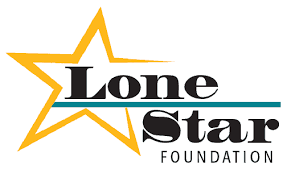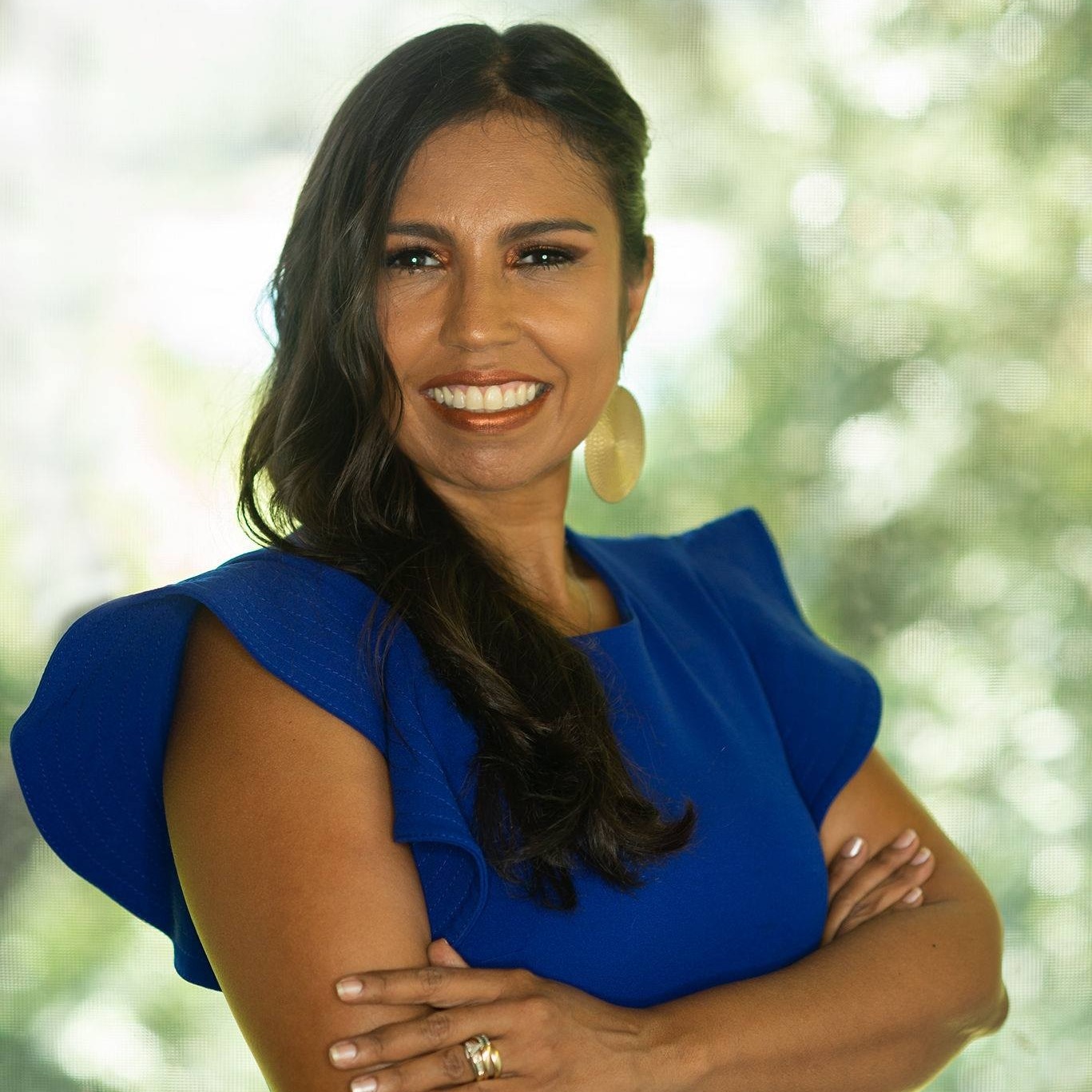Meetup has tens of millions of users and processes more than 500 new groups everyday. If your a Meetup Organizer, how do you get the correct people to find your group. Knowing how the Meetup platform’s processes and algorithms work can be useful.
If you are starting a new group, Meetup will publicize new groups to encourage membership to people that may find the group relevant accordingly to information like location, topics, title, and description.
Location- Meetup uses zip code, city, state, and country for groups and members to make a good match. Algorithms look at other groups in the same zip code as you, their members, and where they come from.
Topics- Choosing topics is the best way for members to show interest in future groups. Algorithms match members and groups that have selected the same topic. Organizers are allowed to pick 15 topics to define a group. Meetup will also expand the list of topics to best find members interested in the group. The emails sent to potential members will then reach out to members interested in the topic and tell potential members about the new community!
Demographic- Meetup considers member-entered information like age and gender when promoting groups with a designated demographic. Not everyone that subscribes to Meetup specifies their age or gender, so Meetup may use clues like other groups they are part of, and the age/gender focus they have.
Activity- Member activities like RSVPs, other groups joined, and sent messages are how Meetup determines who is likely to consider joining a new group. New group announcements are likely to go to active, engaged members.








